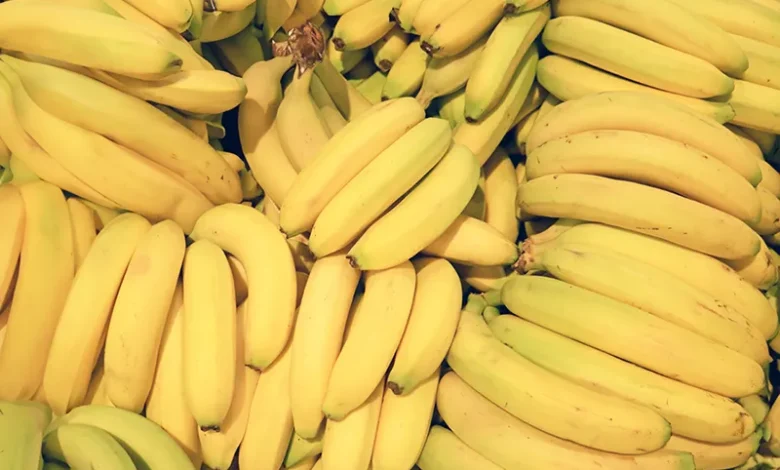Bananas in Dominica

Bananas in Dominica hold a special place in island’s agricultural, economic, and culinary landscapes. Grown throughout the island’s fertile volcanic soil, bananas are a versatile fruit that contributes significantly to the local economy, food security, and cultural heritage. Dominica’s tropical climate provides the perfect environment for cultivating a variety of bananas, including dessert bananas.
Bananas: Culinary Uses and Local Dishes
Bananas are a staple ingredient in Dominica’s cuisine, used in sweet and savoury dishes.
- Green Bananas: Often boiled and served as a side dish, particularly in traditional dishes like broths or soups.
- Ripe Bananas: Used in desserts such as banana fritters, cakes, and puddings.
Bananas are also incorporated into beverages, such as smoothies and traditional bush teas, due to their natural sweetness and high nutritional value.
Nutritional and Environmental Benefits
Bananas are rich in potassium, vitamin C, and dietary fibre, making them a nutritious part of the Dominica diet. They are a quick source of energy and support heart health, digestion, and muscle function.
Bananas contribute to sustainable farming practices environmentally. Their leaves are biodegradable and often repurposed for mulching and packaging. Dominica’s focus on organic farming has further enhanced the ecological benefits of banana cultivation.
Economic and Cultural Importance
Bananas have been central to Dominica’s agricultural economy for decades. Historically, the island exported large quantities of bananas to the United Kingdom under preferential trade agreements. Although global competition and trade liberalization have impacted Dominica’s banana industry, bananas remain vital to island’s economy, supporting rural livelihoods and smallholder farmers.
Beyond their economic impact, bananas hold cultural significance. They are often featured in local festivals and community events, highlighting their role in Dominican heritage. Additionally, banana leaves are traditionally used for wrapping foods like fish and pastels, adding a unique flavour to the dishes.
Cultivation and Growth Cycle
Bananas in Dominica thrive in the island’s rich volcanic soils and high rainfall. The growth cycle of a banana plant typically spans 9 to 12 months from planting to harvesting. After the initial harvest, the plant’s offshoots, known as suckers, produce subsequent yields, ensuring continuous production. Proper care, including regular pruning and pest management, is essential to maintain healthy plants and maximize yields. The cultivation process is supported by organizations like the Dominica Banana Marketing Corporation (DBMC), which helps farmers manage their crops and sustain production.
Challenges and Support for Banana Farmers
Banana farmers in Dominica face challenges, including pests, diseases like Black Sigatoka, and the impacts of climate change. Hurricanes and tropical storms also pose significant risks to banana plantations. Despite these obstacles, initiatives from the government and agencies such as the Food and Agriculture Organization (FAO) aim to support farmers through training programs, pest control measures, and diversification strategies.
Banana farming continues to evolve in Dominica, focusing on organic production and diversification into value-added products like banana flour and chips. These efforts ensure that bananas remain a sustainable and economically viable crop for the island.




